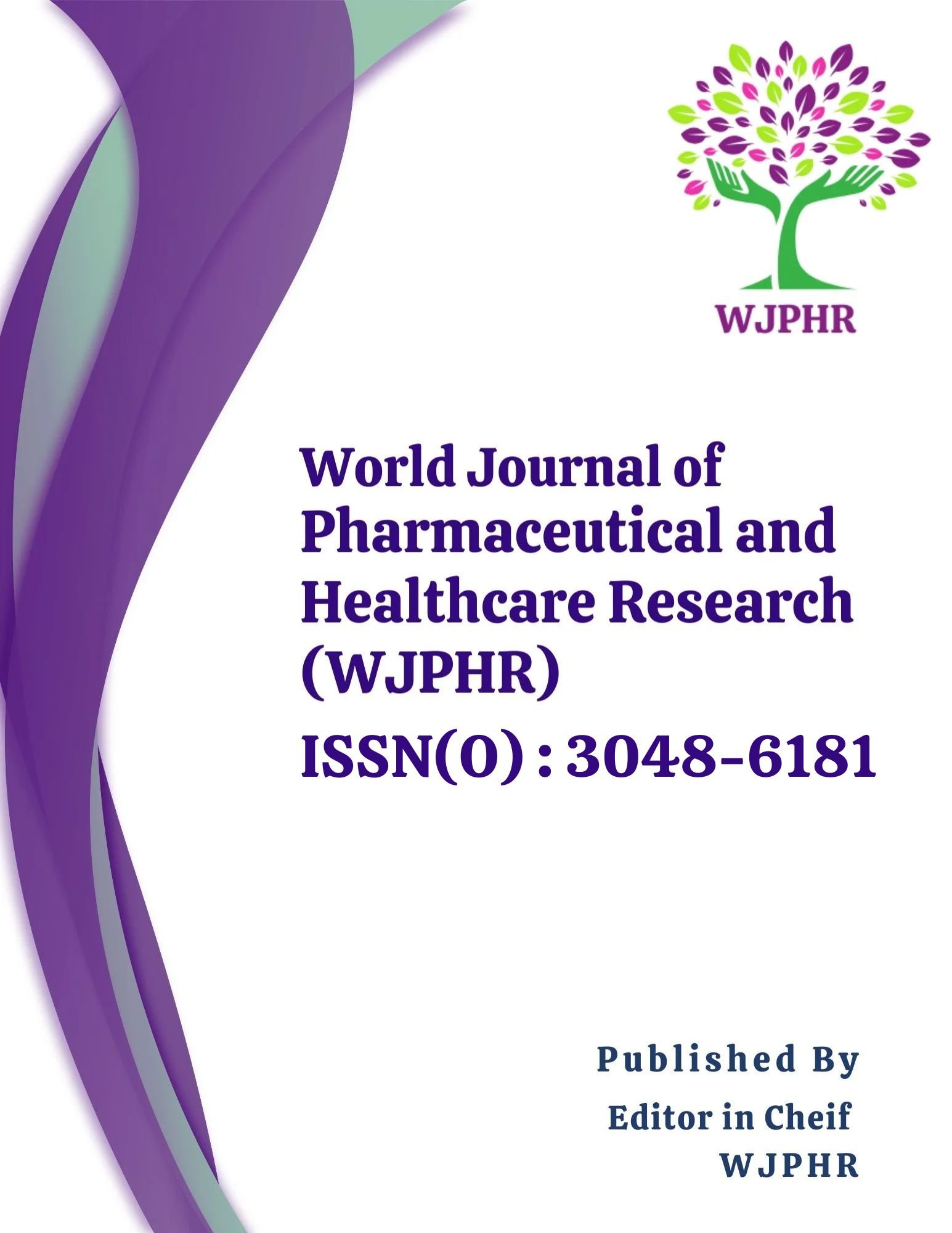DOI:
VOLUME 2 – FEBRUARY ISSUE 2
Ezegbe Chekwube Andrew1,3*, Uzondu Wisdomof God Samuel3,5, Ezegbe Chisom Gideon6, Ezegbe Amarachi Grace2, Anikwe Chidera Celestine4, Okafor Nnedimma Pauline1, Odo Kenechi Benjamin1, Onyia Oluebube Chisom1, Agu-kalu Amarachi1, Ugorji Anita Chidera1 and Uchenna Chiamaka Precious1
ABSTRACT
Over the years, the role of functional hydrogels has been documented in areas such as in diagnostic, therapy and wearable devices. This is attributable to their unique properties such as high stretchability, flexibility, sensing and biocompatibility. Their significant role in biological tissues and their multi-dimensional applications makes their use in living organisms and electronic systems to be sustained. Hydrogel is a polymeric material that possesses a three-dimensional network structure. They are commonly used in flexible sensor fabrication due to their ability to absorb large volume of water without dissolution. Some forms of hydrogels possess mechanical properties which makes them ideal for use in bioelectronic devices. The need to develop hydrogels that possess unique properties such as self-healing, stretchability, conductivity and tissue adhesion should be encouraged. This review tries to highlight on the recent advancements of hydrogels and their applications in bioelectronic devices.
Keywords:
Hydrogels, Bioelectronic, Disease, Diagnosis, Fabrication.
